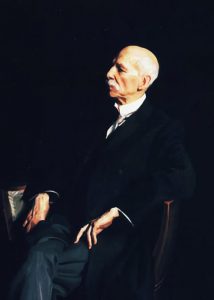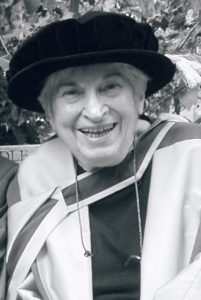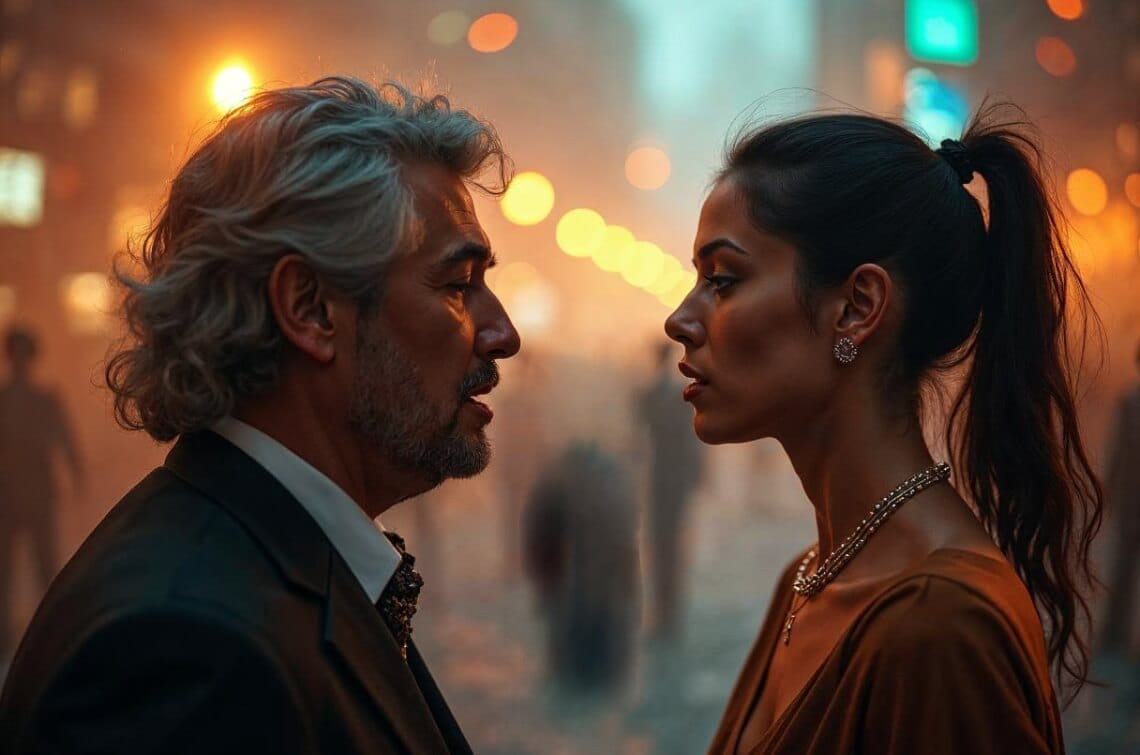Article index
But first of all, is the modern vocal technique?
To answer this question it is necessary to deny it in its own essence, first of all affirming that a "modern" vocal technique does not exist. There is the vocal technique tout court, which is the set of all the historical, physiological, mechanical and training knowledge collected and coded in the last four hundred years.
Indeed, those that are called modern vocal techniques, are actually didactic methodologies, mostly aimed, in the mind of the creators' artists, to non -theatrical singing and the most contemporary vocal and musical styles.
The question of the title should therefore be reformulated:
when was the modern conception of the vocal technique born?
 There are two moments, and the characters, who have contributed decisively to the affirmation of the modern conception of the vocal technique, understood not only as a set of experiences and methodologies, but also as a set of knowledge and scientific research. The first personality is Manuel García jr . (Madrid, 1805 - London, 1906).
There are two moments, and the characters, who have contributed decisively to the affirmation of the modern conception of the vocal technique, understood not only as a set of experiences and methodologies, but also as a set of knowledge and scientific research. The first personality is Manuel García jr . (Madrid, 1805 - London, 1906).
Son of art, coming from the most prestigious family of singers of the 19th century, son of that Manuel García first interpreter of the Count of Almaviva in The Barber of Seville of Rossini (1816). The sisters none other than Maria Malibran, "soprano of Bravura", the most famous singer of the nineteenth century, interpreter of Bellinian masterpieces, such as the sleepwalker and norm, and Rossinians such as Semiramide and Otello, and Pauline Viaardo, Mezzosoprano, for which Berlioz created The Mediosopranial version of the Orpheus and Gluck's Euridice.
Pauline was so famous that he was invited to sing at Chopin's funeral.
The third brother, Manuel García jr., Was a singer and teaching with a very long list of merits: inventor of the laryngoscope, and first to ask the fateful question "How do I do what I am doing?"; First didoty to create a definition of vocal register and theorize three registers instead of two, adding the register of the middle to the ancient heads and breasts, or "falsetto"; First teaching to discover and theorize the thyroid inclination, and consequently two primary laryngeal mechanics, the sound with an inclination and the sound that is without it, which cataloged respectively as "dark color" and "light color". The gradual transition from a purely experiential teaching to a more mechanical and objective teaching must therefore be.
He had to pass a lot more than a century to have, in the 1900s, a personality that was again, in Garcia's furrow, the fateful question "How do I ask what I'm doing?" and that relaunched the study of laryngeal mechanics in the twentieth century.
The evolution of the vocal technique
 To ask the question thus relaunching scientific and vocal research in the 1900s was an American artist and researcher, Jo Estill, (Donora, Pennsylvania, 1921 - Santa Rosa, California, 2010). There are many merits of Jo Estill: uniform, or at least suggest to standardize, the mechanical and proprioceptive terminology in most of the world, encourage the scientific study of artistic vocal physiology and thanks to the physiological and mechanical knowledge thus acquired open the way for an ' Objectivity of the transmission of skills and to a more effective teaching for some modern and contemporary sound qualities.
To ask the question thus relaunching scientific and vocal research in the 1900s was an American artist and researcher, Jo Estill, (Donora, Pennsylvania, 1921 - Santa Rosa, California, 2010). There are many merits of Jo Estill: uniform, or at least suggest to standardize, the mechanical and proprioceptive terminology in most of the world, encourage the scientific study of artistic vocal physiology and thanks to the physiological and mechanical knowledge thus acquired open the way for an ' Objectivity of the transmission of skills and to a more effective teaching for some modern and contemporary sound qualities.
Manuel García was the Jo Estill of the 19th century, and Jo Estill La Manuel García of the 1900s.
Modern didactic methodologies owe everything to these two great researchers and teaching. Today, thanks to these two pioneers, each in its century and in its time, we can recognize a fundamental principle of the teaching of modern singing in the third millennium: the contemporary teaching cannot be separated from any component, whether it is mechanical-scientific or sensory holistic and experiential, vocal technique. It is only the practice and union of both these didactic conceptions that allows the development of an effective methodology for the greatest number of vocal styles, whether they are classic, modern, neoclassical or contemporary.
Read the article: Classic Canto Modern Canto: Techniques or styles?






